
- Small Oil Pressing Machine - Leader Machinery
- Industrial automatic continuous fryer Soybean Oil Plant
Home> Company News> Study on Extraction of soybean oil
- Address3rd Road, High-tech Zone, Jinan City, Shandong Province
- Factory Address3rd Road, High-tech Zone, Jinan City, Shandong Province
- Worktime9:00--18:00
- Phone(Working Time)086-0531-885125
- Phone(Nonworking Time)086-0531-881256
- Fax086-0531-885125
Study on Extraction of soybean oil
2018-11-06 09:35:07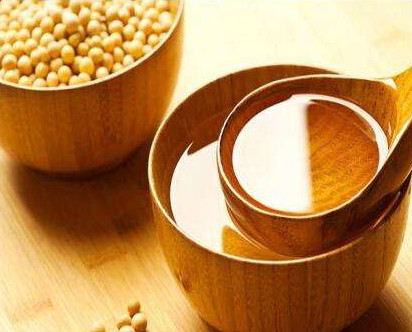
In vegetable oil cells, there are proteins and sugars, which bind to oil and form complex forms such as lipoprotein and lipopolysaccharide. Therefore, oil and protein need to be obtained by enzymatic treatment to destroy the structure of their complexes. Foreign scholars have studied the effect of different pretreatment methods on the oil extraction rate of soybean microwave heating machinery. The results show that after extrusion pretreatment, the extraction rate of soybean oil is obviously improved, and the effect is better than other pretreatment methods.
After extruding the whole-fat soybean flour in soybean oil plant, the internal molecular structure was changed. Under the action of high temperature, high pressure and high shear force, some hydrogen bonds and disulfide bonds were broken, the surface charge of protein molecule was redistributed, the structure of protein was destroyed, protein denaturation occurred [9], and the recognition of protein by enzymes was improved. Sex, in turn, increases the sensitivity of proteins to enzyme attack, which is conducive to the hydrolysis of soybean protein by enzymes, improves the extraction rate of soybean protein after enzymatic hydrolysis, and reduces the formation of emulsions during enzymatic hydrolysis. Dominguez studies showed that the extraction efficiency of oil crops was greatly increased by extrusion and enzyme treatment. Stephanie Jung et al.] The effects of pretreatment methods of low temperature and high pressure dry extrusion on the extraction of soybean tablets by aqueous enzymatic method were studied.
The effects of enzymatic extraction of soybean oil and protein were studied. Under 500 MPa extrusion pressure, the oil extraction rate of whole-fat soybean slices increased, while the protein extraction rate decreased. The optimum extraction rates of oil and protein were 90% and 82%, respectively.
Tano et al. used protease, cellulase and hemicellulase to enzymatic hydrolysis of tallow tree seeds respectively. It was found that the oil yield could be effectively improved by using enzymatic treatment of degradable cell wall. The microscopic structure of tallow tree seeds treated by enzymatic treatment was observed and analyzed by electron microscopy, which indicated that the aqueous enzymatic method was suitable. Shah pretreated by ultrasound and then extracted by water enzymatic method, not only increased the oil extraction rate, but also shortened the extraction time. Pereira et al. systematically studied extrusion technology and applied it to Soybean Water enzymatic process.
Wet extrusion was used for pretreatment and enzymatic hydrolysis. The sleeve temperature, die pore size and enzymatic hydrolysis conditions were optimized, and the optimal extrusion parameters were determined. The test confirmed that the oil yield could reach 88% under the optimal extrusion parameters.
Lamsal et al.] The effect of extrusion pretreatment on Soybean Water enzymatic hydrolysis was also studied. It was found that extrusion pretreatment could enhance the interaction between protease and substrate, enhance the hydrolysis effect and improve the oil extraction rate. Extrusion can completely crush the cell wall and contribute to oil release. However, enzymatic hydrolysis with cellulase, protease and a mixture of two enzymes did not improve the oil extraction rate. The reason is that some proteins denatured during extrusion, while some of the oil was attached to denatured proteins. Therefore, the effect of enzyme is not obvious.
On the basis of small-scale and extended experiments, the pilot-scale and cyclic enzymatic hydrolysis experiments of extracting soybean oil by aqueous enzymatic method were carried out. The expected objectives were as follows:
1) In small and large scale experiments, the yield of soybean oil extracted by aqueous enzymatic method was increased by demulsification with isoelectric point method, and the effect of isoelectric point method was verified in pilot test. 2) The effects of components on the extraction rate and demulsification rate of soybean oil in the process of aqueous enzymatic extraction were analyzed, and the key components of soybean oil extracted by aqueous enzymatic method were determined. The effects of cyclic enzymatic hydrolysis on oil extraction rate were studied. The changes of oil extraction rate, water and enzyme dosage during the cyclic process were studied. 4) The enzymatic hydrolysis parameters and demulsification parameters were determined by simulating industrial production by using mechanical equipment for soybean oil production.
This experiment completed the transformation of the pilot plant for extracting soybean oil by water enzymatic method. During the pilot plant of water enzymatic method and the pilot plant of circulating enzymatic hydrolysis, the conditions of enzymatic hydrolysis and demulsification were obtained. The effects of various components on the extraction rate of soybean oil were studied, the pilot plant parameters of circulating enzymatic hydrolysis were determined, and the quality of soybean oil produced by the pilot plant of water enzymatic method The quality of soybean oil produced in pilot scale was determined by comparing with the national third-class oil standard, which could provide reference for further industrialization and popularization.
Experiments show that peanut peeling can improve the extraction rate of peanut oil. JMLN de Moura and others conclude that soybean peeling can improve the oil extraction rate and demulsification rate in the process of enzymatic extraction of soybean oil. Therefore, in the pilot-scale process, the peeled soybean and non-peeled soybean were tested to ensure that the pretreatment process improved the oil extraction rate of enzymatic hydrolysis in pilot-scale water.
Juliana pointed out that the mass fractions of each component in the enzymatic extraction of soybean oil were 77% of free oil and emulsion, 20% of hydrolysate and 3% of residue.
The results showed that the oil content of dehulled soybean was higher than that of non-dehulled soybean, but the protein, moisture and ash content of dehulled soybean was lower than that of non-dehulled soybean. Moreover, in the pilot-scale process, the mass fraction of free oil and emulsion extracted from dehulled soybean was higher than that of non-dehulled soybean (P < 0.05, 71.81%, 62.47%). Meanwhile, the mass fraction of oil in dehulled soybean residue was much lower than that of non-dehulled soybean, and the oil in dehulled soybean emulsion was also higher than that of non-dehulled soybean (P < 0.05, 43.33%, 39.69%). Therefore, soybean peeling can improve the extraction rate of soybean oil.
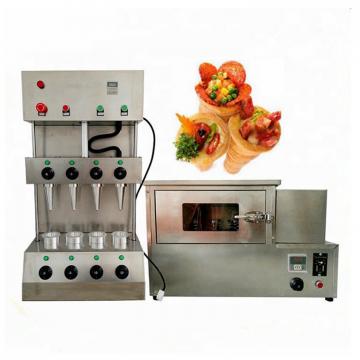 Manufacturing plant automatic factory puffed sticky rice cracker production line
Manufacturing plant automatic factory puffed sticky rice cracker production line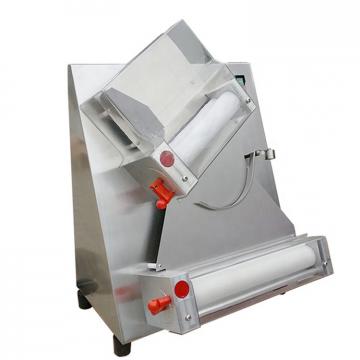 JiaHao machinery PVC Edge Band Sheet Production Line High intensity different color to choose producing PVC edge banging
JiaHao machinery PVC Edge Band Sheet Production Line High intensity different color to choose producing PVC edge banging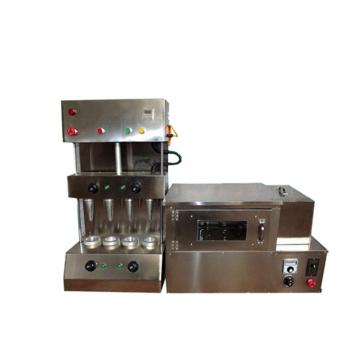 Wholesale products plastic extrusion machine for WPC flooring extrusion line
Wholesale products plastic extrusion machine for WPC flooring extrusion line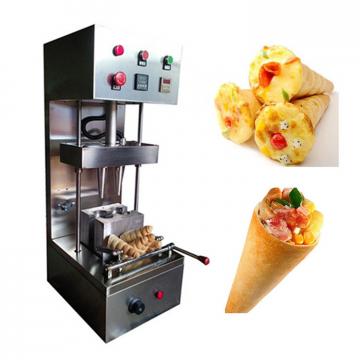 Best Price Pizza Cone Machine / Pizza Making Machine Production Line
Best Price Pizza Cone Machine / Pizza Making Machine Production Line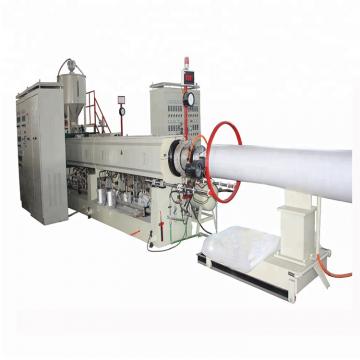 Factory Supply Dough Divider Cutting Dough Ball Pizza Dough Ball Machine/Bread Production Line
Factory Supply Dough Divider Cutting Dough Ball Pizza Dough Ball Machine/Bread Production Line